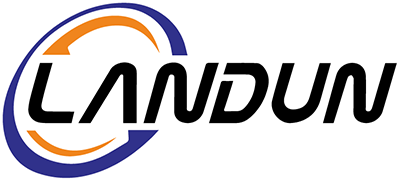Future Development of Digital Signage Applications.
It was impossible for anyone to foresee the events of 2020. A massive global pandemic would essentially bring life to a standstill as we all know it and forever change the way we conduct our day-to-day business. But that's exactly what happened. As the world has gone through massive changes and financial disasters, not to mention the enormous strain on our healthcare systems, we have learned how to deal with the entire unimaginable tragedy and adapt to make more virtual connections when necessary.
With the promise of various COVID-19 vaccines in the coming months, 2021 already seems brighter and more promising than its predecessor. But the events of the past year have changed the course of technical communications and directly changed the development and direction of future digital signage applications.
1. Digital signage: high-quality bright display
Lockdowns and social distancing orders have forced most people to rely on various forms of technological communication as their primary source of social interaction. This means that the quality and brightness capacity of the screen display must keep up with the demand and demand for more screen time. This year, tech companies are likely to focus on finding new and innovative ways to improve the user experience of on-screen displays and make digital signage technology more accessible to a wider audience. Ultraviolet displays that allow users to view the screen comfortably even in bright environments are not a new concept. But the cost of these displays is expected to drop this year, making them more widely available to the public.
2. Digital signage: automated content creation
Industrial automation has been an emerging trend for many years. Automation is everywhere, from improving the efficiency of production and assembly lines to automated self-service kiosks at gas stations and self-checkout at grocery stores. It has even entered the digital marketing and advertising realm of digital signage. Content scheduling has significantly improved the way content is published and delivered to key audience members. As things develop, it's only a matter of time before digital marketing companies start using automated programs and platforms to create high-quality content.
3. Digital signage: improving interactivity and security
Enhancing digital signage online interactivity also requires tighter security measures to protect the identities of your customers and the data they enter into your website. Customers need to feel safe when browsing your directory or entering sensitive information such as names, addresses, and payment credentials. Hackers are getting better at installing sophisticated identity-stealing malware on professional company websites, so it's important to take all necessary precautions to protect your business and customers as much as possible.
